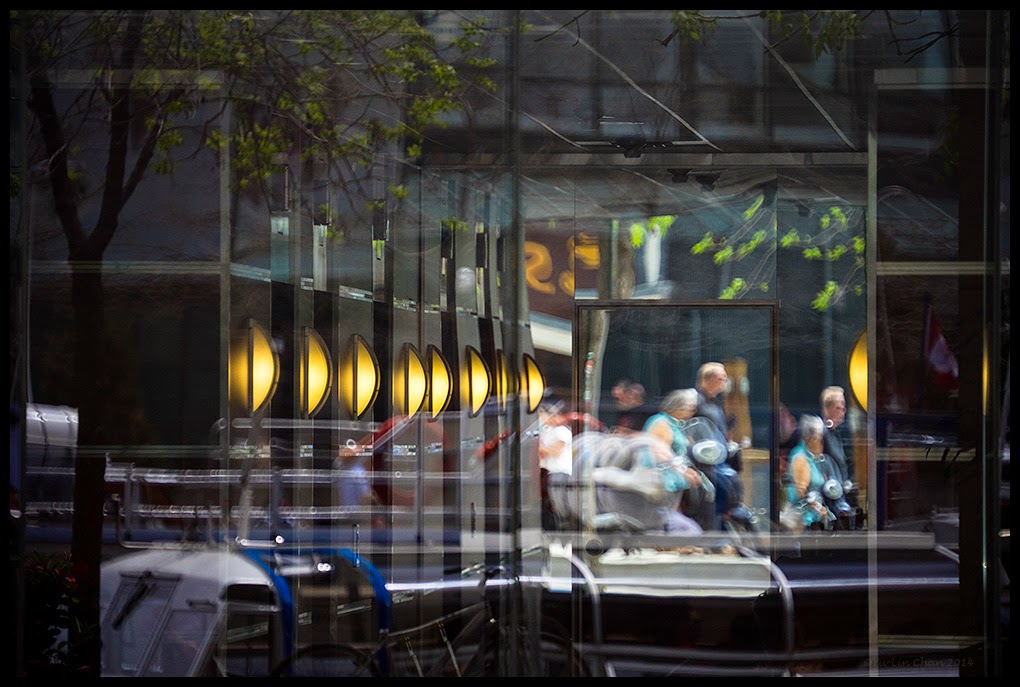I haven't gotten the A7 to be set up the way I want it yet, so I will not say anything about the handling of the camera until it's customized to the way I normally use the camera. Instead, I would like to write about my very initial impressions of the FE 28-70mm f3.5-5.6 kit lens. Strangely, this lens is only bundled with the A7, and not the A7r, in Canada, presumably it would perform worse on it, or Sony thinks the A7r deserves a better lens.
Like most kit lenses, this one doesn't get much respect, or good reviews. The lens itself is quite well made with metal mount and high quality plastic. What falls short, is optical quality, especially at the wide end, which is worse, as that's the focal length that gets used more often. This lens reminds me of the kit lens that came with the NEX-5N, the 18-55mm f3.5-5.6, which had severe vignetting, and distortion issues, not to mention lousy edges. The FE 28-70mm fares quite a bit better; the vignette is not as bad, and distortion is better controlled. Even the edges are a bit better but it's still a lens that can not do justice to the sensors of the A7/A7r.
Why Sony created this lens to bundle with the A7 is a mystery. People who buy A7 are likely going to spend more for better optics, and cheap zoom lenses just have too many compromises to be good enough. I think a better strategy was to bundle a 50mm f1.8 or even f2 lens, like in the film days. These lenses don't need to be as good as the Zeiss 55mm f1.8, but they will still be miles ahead of the kit zoom. I am sure a standard 50mm lens is much cheaper to make than the 28-70mm. But then again, if they bundle a relatively good standard lens, who's going to buy the $1000 Zeiss branded FE 55mm f1.8? Most people won't.
It's not all doom and gloom; this kit lens does have some good points. Other than the already mentioned good build, the centre of the lens is quite sharp, even wide open. It can also focus relatively close, which is handy when you need close up photos. It also has Optical SteadyShot, although you can't really turn it off on the lens, like most other makes that can. Another brownie point, is that the lens comes with a hood. Don't laugh. If you are a Canon shooter, you will understand how stingy Canon is. Unless it's an L lens, you won't get a hood, even if the lens costs hundreds of dollars.
I think the A7/A7r deserve a better lens than this one. It is by no means a terrible lens; there are far worse lenses out there, Lightroom has a profile to correct the distortion, which makes it quite a bit better, but it can not help with the blurry edges at the wide end. But the longer end of the lens is quite good, even at the edges, but then you would be shoot at f5.6 maximum aperture. I would not shoot landscapes with this lens, but it might be adequate for a casual use.
All pictures below shot with Sony A7 & FE 28-70mm f3.5-5.6, with lens correction applied in Lightroom.











































